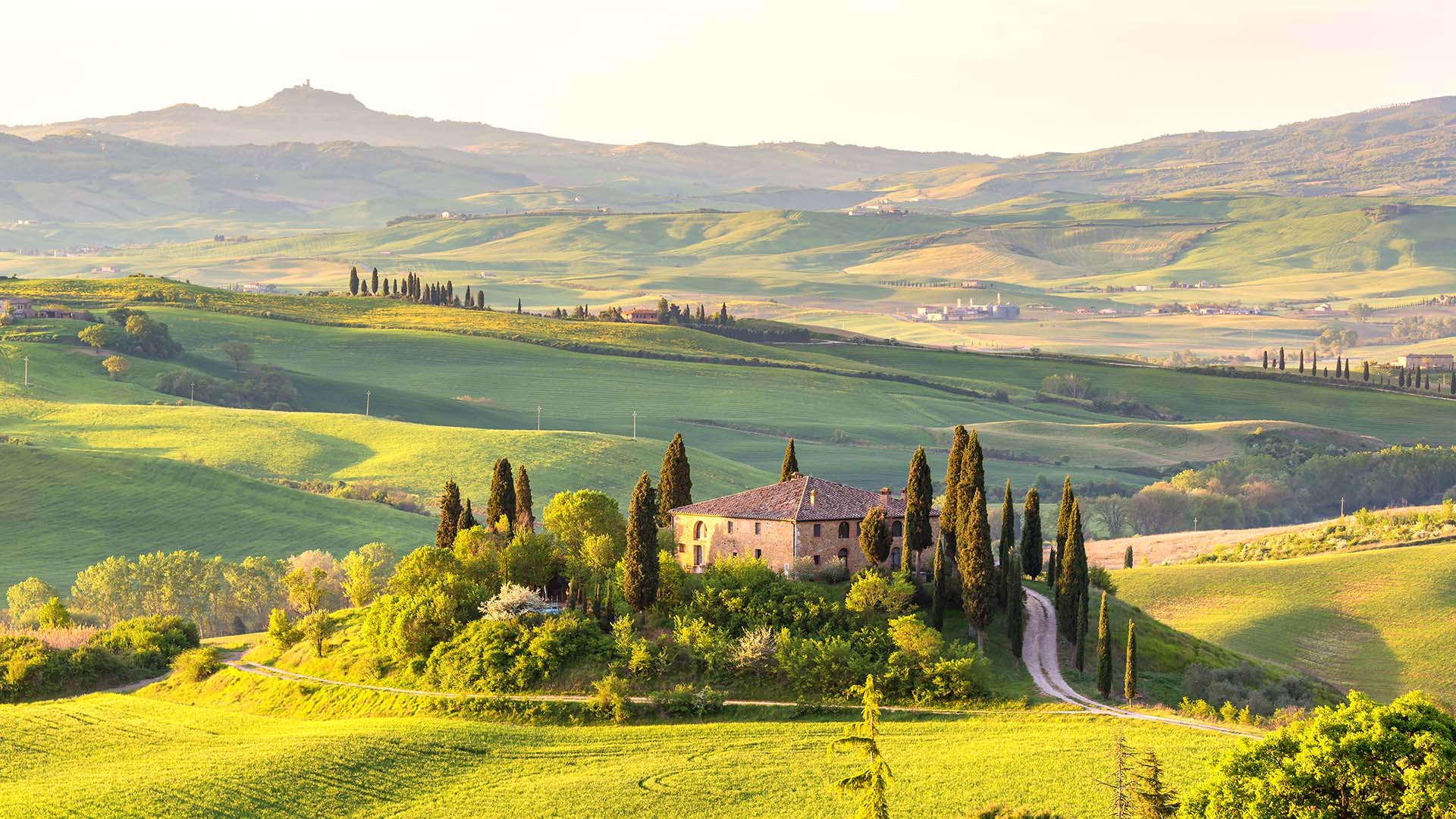Take pause before lifting your next glass of wine and consider its story — and the tale of its terroir — and suddenly your drink becomes something to savor. Indeed, the wine’s popularity owes much to its deep roots in the places that it is made.
When you sip Bordeaux, for example, you’re getting a taste of France’s most famous winemaking culture and the fascinating tradition that has made a trading city on the country’s Atlantic coast famous around the world. The same holds true for varietals across other iconic wine regions, from Italy and Portugal to Lebanon, South Africa, and beyond.
This is the reason why more and more people want to travel to locales where their favorite wines are made: to discover the places, people, and traditions that make drinking wine such a deeply satisfying experience and to enjoy the unique landscapes in which they’re produced. There’s so much culture, physical beauty, and delicious wine to be enjoyed.
As always, check for travel guidelines and closures before planning your trip.
Tuscany, Italy
Few European landscapes match the majesty of Tuscany, a place of dreamy hills, stunning cities, and a food culture that reflects what is grown and raised in the region, from beans to beef. This is wine country, too. Sangiovese, a red grape, is the workhorse, used for everything from Chianti to the often marvelous Brunello di Montalcino. These are bold wines, where leather and spice balance red-berry acidity.
Must-Try Wine: Brunello di Montalcino, Tuscany’s intense, complex local hero. Make a stop at iconic Biondi-Santi estate to sample the best of the varietal. Another must-try? Chianti Classico. Pay a visit to Castellare di Castellina winery to experience it at its most elegant.
While You’re Here: Visit Florence and its many marvelous markets, from the Sant’Ambrogio food market to Mercato del Porcellino, home to many leather traders. Finish up at Del Fagioli, a classic Florentine tavern with an excellent wine list.
Porto/Duoro, Portugal
The truly extraordinary landscape of the Douro Valley, where port and Douro table wines are produced, has to be seen to be believed.
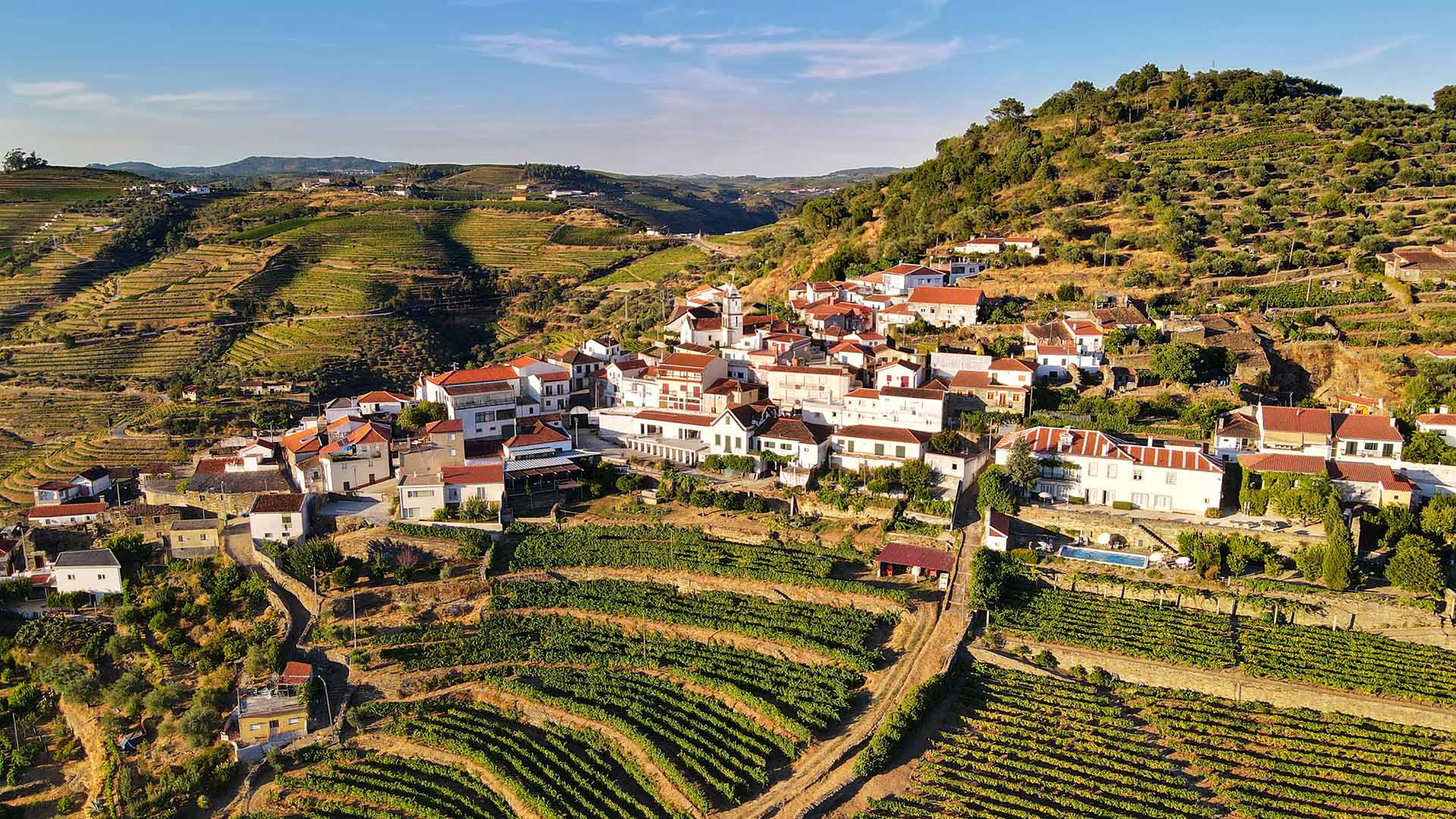
Rising from the river itself, this verdant valley is home to dozens of terraced vineyards, from the Spanish border to the Atlantic Ocean. Port itself is a fortified wine, born of the thirst of English consumers and now one of the wine world’s most cherished treats.
Must-Try Wine: Taylor Fladgate Vintage Port, with its succulent dark fruits.
While You’re Here: Visit the Vale do Coa Archaeological Park, a remarkable open-air Paleolithic museum. Here you’ll find rock formations flanking the river banks are covered with thousands of engravings dating back millennia.
Champagne and Bordeaux, France
France’s foremost wine regions are very different places. Champagne, located east of Paris, is the world’s most northerly wine region, a fact reflected in its product, a triumph of ingenuity and taste over a sometimes difficult climate. Made primarily with chardonnay and pinot noir grapes and a technique that has been copied around the world, it is produced amid gentle rolling hills that seem at odds with Champagne at its best: dramatically rich, dry, and luxuriant.
Bordeaux lies in France’s southwest, with vineyards clustered on both sides of the Gironde Estuary and to the south of the city itself. It is most famous for its red wines, including globally renowned names such as Pauillac, Margaux, and Pomerol, made with cabernet sauvignon and merlot in varying quantities. Expect everything from plum and black currant to smoky, leady intensity.
Must-Try Wine: Rich and delicious Bollinger Special Cuvee (in Champagne); black-currant-inclined Chateau Margaux (in Bordeaux, if you can afford it; otherwise, try Marquis De Mons).
While You’re Here: Reims, in the heart of the Champagne region, has played a special role in French history; tour the cathedral before leaving. Bordeaux is a region that loves beef almost as much as it loves wine: Head to the restaurant The Glue Pot to enjoy both.
Rioja, Spain
Spain’s most significant wine region, Rioja, has strong links to France’s: In the 19th century, when an infection wiped out much of Bordeaux’s vine stock, merchants and growers moved south, to Rioja, a place of varied landscapes and climate that stretches from the Basque Country toward the Mediterranean.
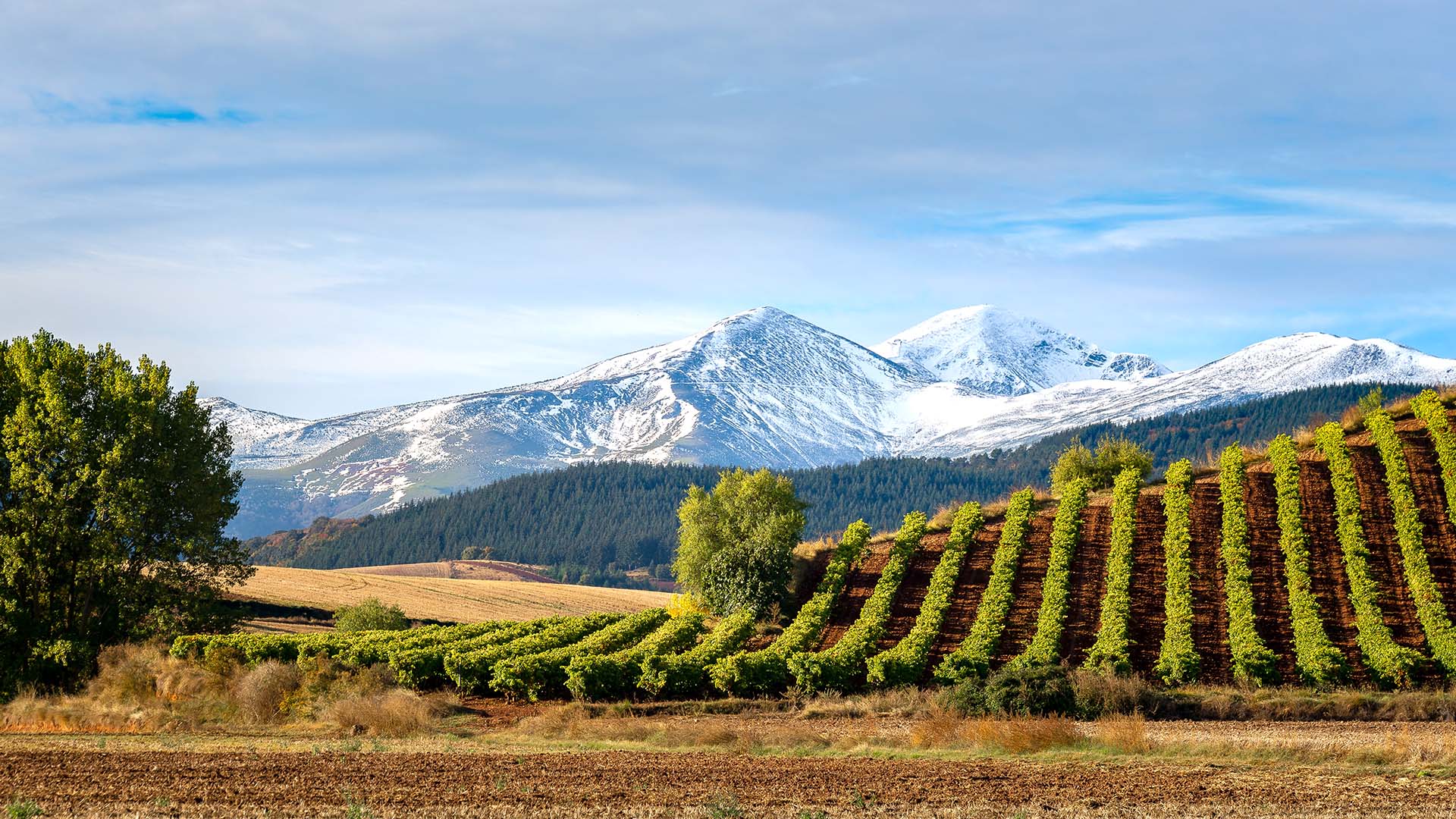
It’s no surprise, then, that the wines share a weighty, complex character, with value and great quality to be found in both places. Elsewhere, Spain is one of Europe’s most dynamic wine-growing regions, with the native grenache grape being used to great acclaim.
Must-Try Wine: Marqués de Riscal Rioja is old, robust, and very drinkable.
While You’re Here: Stay in the Frank Gehry-designed Hotel Marqués de Riscal, a Luxury Collection Hotel, Elciego, in the heart of the Marqués de Riscal City of Wine. From a wine cellar filled with a priceless collection of bottles to the MICHELIN-Starred Restaurante Marqués de Riscal and sumptuous wine-based treatments in the SPA Vinothérapie Caudalie Marqués de Riscal, this hotel is truly unforgettable.
Tokaj, Hungary
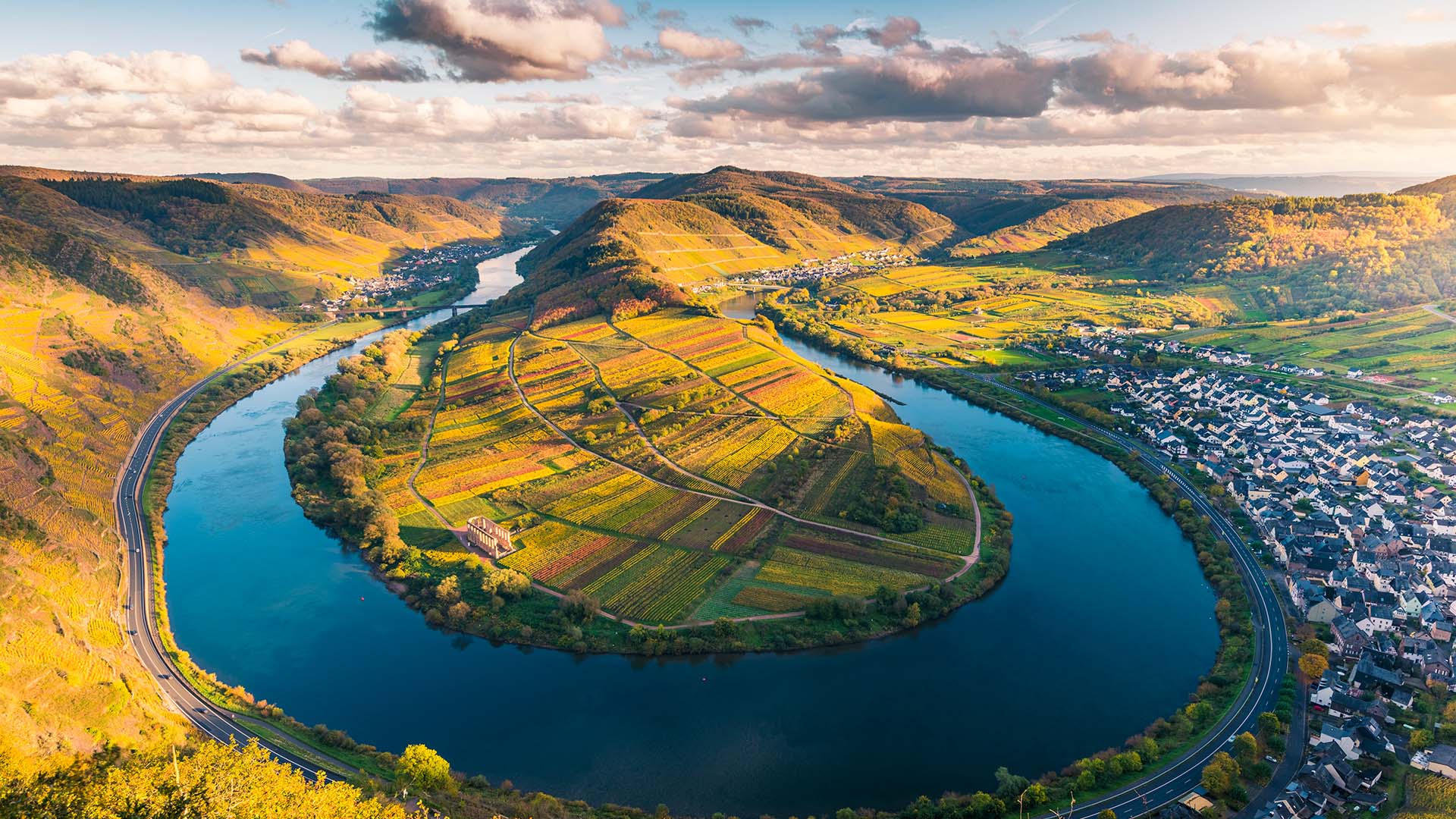
Sweet wines have long attracted drinkers, and the reputation of Tokaji wine remains undiminished. Made with grapes that have succumbed to Botrytis, a fungus that renders the grape sweeter and more complex, Tokaji wine has been famous across Europe for hundreds of years.
The landscape in which it is made — which spills into neighboring Slovakia — is key to its character: Rising autumn mists from the Bordog and Tisza rivers promote the development of Botrytis.
Must-Try Wine: Royal Tokaji Mézes Mály Aszú is exuberant, bursting with honey and orange peel.
While You’re Here: Visit the Rákóczi Cellar, a remarkable collection of cellars dating back to at least 16th century, in the town of Tokaj. Otherwise, plan a hike to Boldogkő Castle, a medieval fortress on a steep cliff overlooking the rolling hills of Zemplén Mountain and the village of Boldogkőváralja.
Lebanon
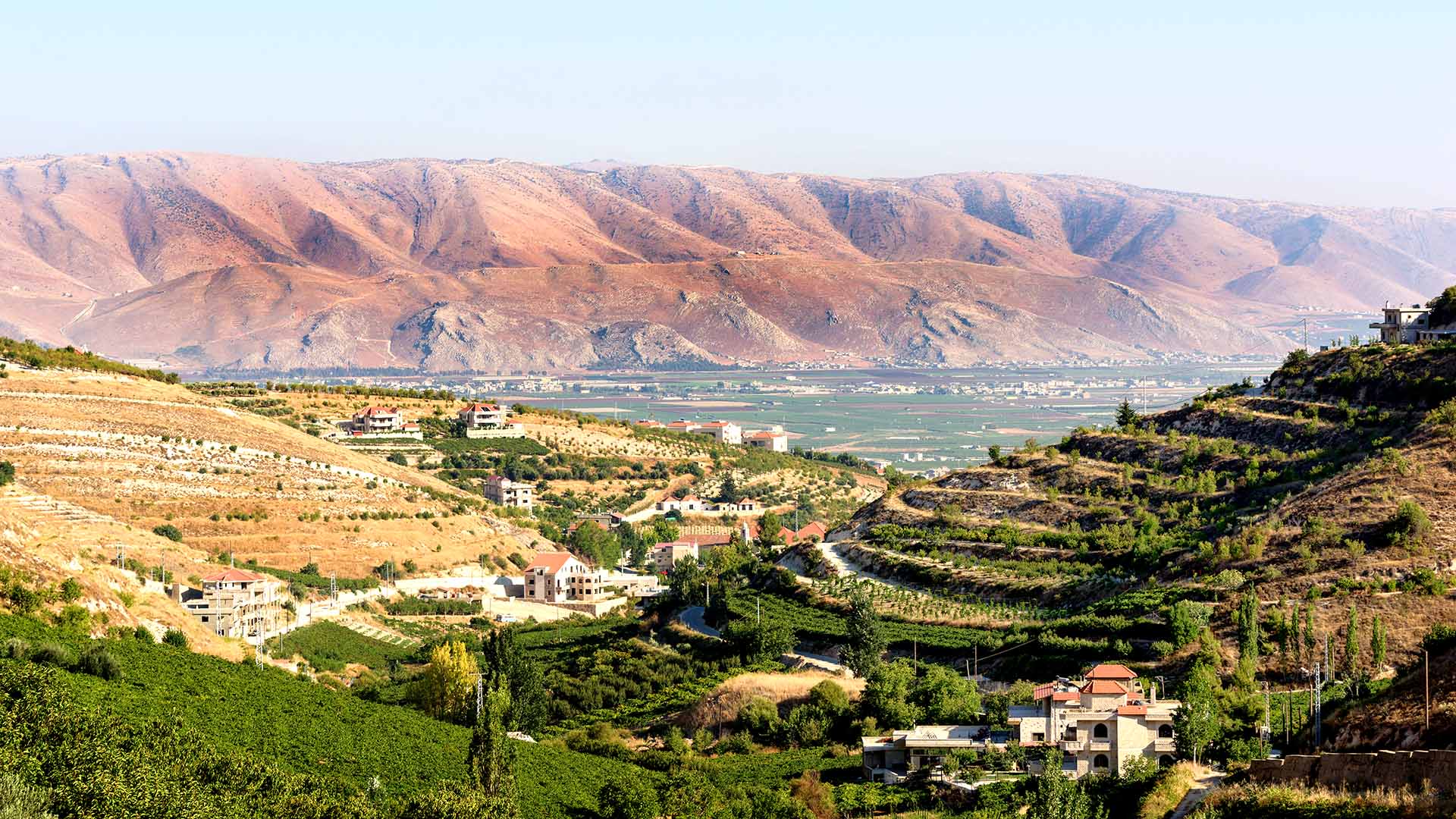
Among the oldest sites of winemaking on the globe (5,000 years and counting), Lebanon’s vineyards are based largely in the hot and dry Bekaa Valley, 1,000 meters above sea level and now produce grapes for dozens of official and unofficial local wineries.
The wines here tend to be made with Bordeaux and Rhone varietals, although varietals more suited to the climate are gradually growing in popularity.
Must-Try Wine: Chateau Musar tastes like an old-school Bordeaux but even more intense.
While You’re Here: Don’t miss the National Museum of Beirut, home to a magnificent archeological collection. Additionally, the Roman ruins of Baalbek are a must-see in Lebanon, as well as the Old Souks in Jbeil and Cedars of God, a forest of rare cedar trees and a protected UNESCO World Heritage Site.
Santorini, Greece
Actually the caldera of a dormant volcano, the island of Santorini in the southern Aegean has long drawn visitors to its clusters of white, blue-domed Cycladic buildings rising above the sparkle of the deep-blue Aegean Sea. And of late, the island has gained acclaim for its first-class wine production.
This unique wine-growing terroir produces suitably remarkable wine: lemon-and-mineral dry white wines and rich, decadent vinsanto. Assyrtiko is the local grape used for both, grown in conditions and soil that would support pretty much nothing else.
Must-Try Wine: Gaia Thalassitis, which abounds with floral lemon zest character.
While You’re Here: Located in a natural cave, the Santorini Wine Museum is the perfect introduction to this remarkable island’s viticultural story.
Western Cape, South Africa
Few winemaking regions are as consistently stunning as the Western Cape, the heart of South African winemaking. From Table Mountain to the relentless magnificence of the Garden Route, which winds almost 200 miles eastward from Cape Town, there’s a lot to gawp at.
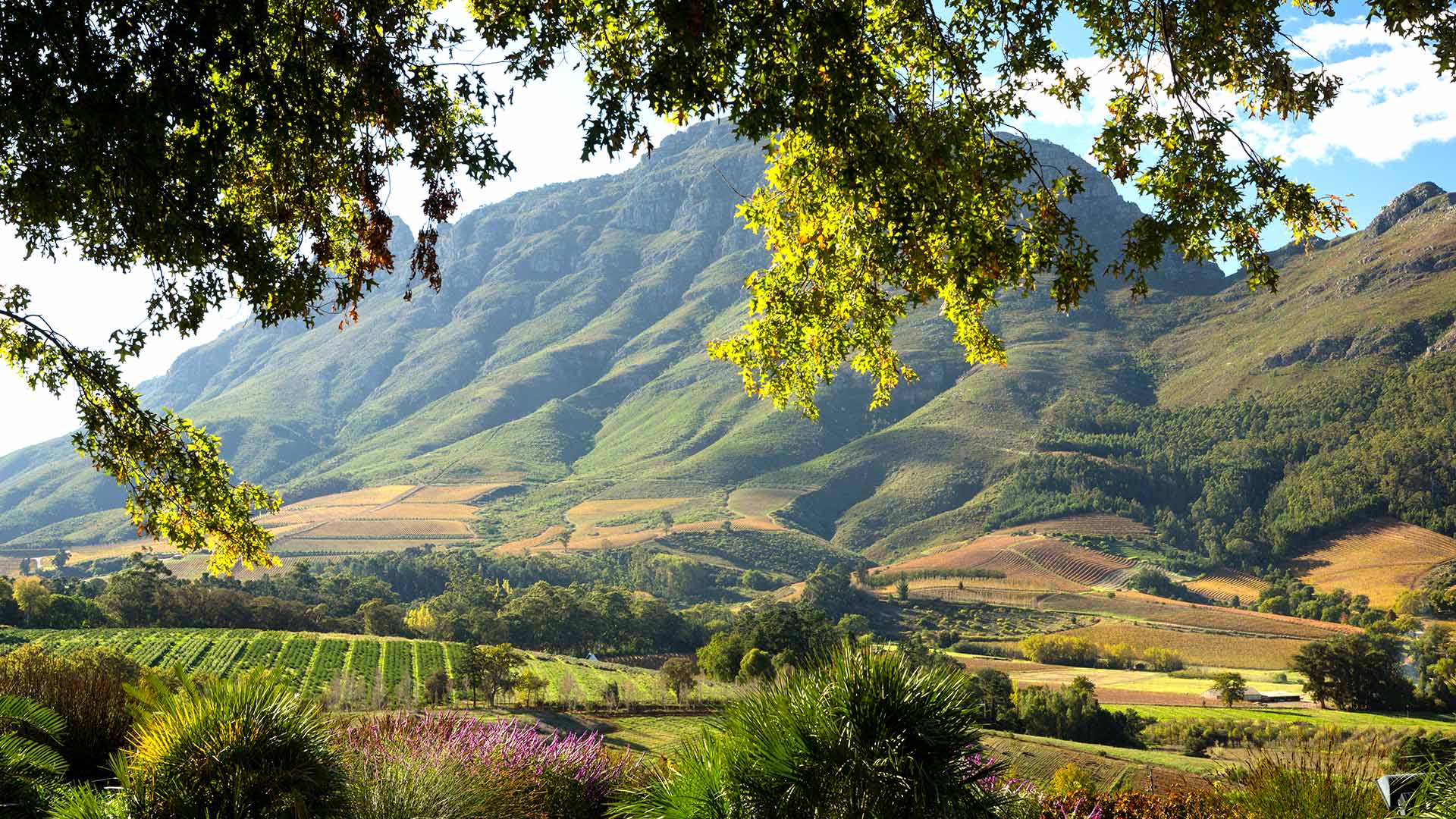
There’s a lot to drink, too: South Africa has almost 400 years of winemaking history under its belt, and there have been huge leaps forward as of late. Cooling air from the Atlantic makes for perfect conditions, and everything from cabernet sauvignon to chenin blanc thrives.
Must-Try Wine: Cederberg Chenin Blanc offers melon and pear flavors.
While You’re Here: It’s a must when visiting this part of the world to spend a few days in stunning Cape Town and visit places like Robben Island, Table Mountain, and the Victoria & Alfred Waterfront.
Mosel, Germany
Germany’s most internationally renowned wine region is also one of its most dramatic and beautiful, with vineyards clustered on the steep hills that surround the Mosel River and its tributaries. Wines of delicate subtlety and relatively low alcohol levels are made here, mainly with riesling, but there is an increasing volume of pinot noir being grown in recent years.
Must-Try Wine: Eitelsbacher Karthäuserhofberg Riesling, which is full of delicate peach and apricot flavors.
While You’re Here: Take a river cruise down the Mosel, enjoying the magnificent landscape as well as superb wine.
